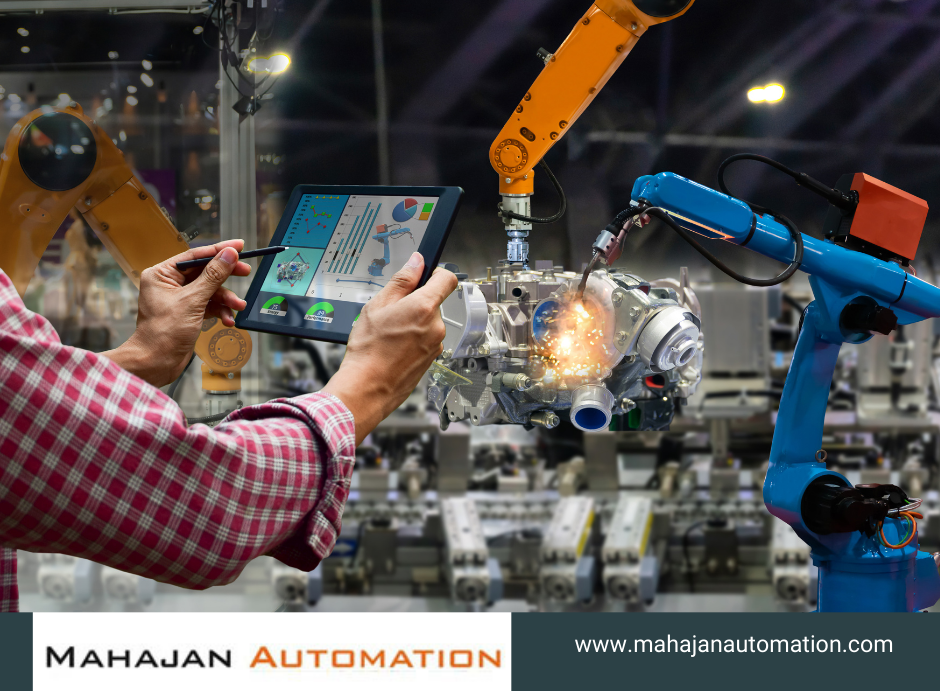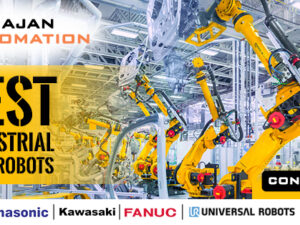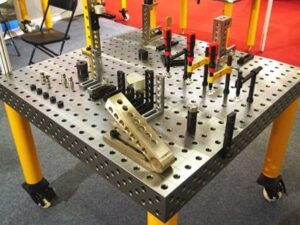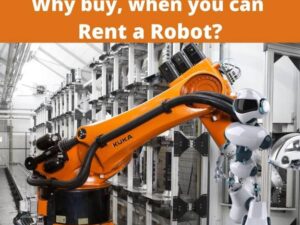If you are thinking of automating your process in your production line but not sure that you can afford the cost of purchasing a new robot, we have a great solution for you Refurbished Robots! Buying a new robot can be scary, but knowing there is another option that is easy on your wallet will reduce the fear of automation.
For those who do not know anything about Used robots. Let me explain you everything you should know about it before buying one.
What is Refurbished Robots?
Refurbished Robots are the robots the are repaired, rebuilt and cleaned in order to re-enter into the automation market. They are also known as remanufactured, renovated or refurbished robots. You can save a lot of money by buying affordable refurbished robots. Refurbished and used robots offer you the same productivity and performance as the new robots gives you and reduces your cost.
When refurbished, the life of a robot is extended to the comparable life of a new robot.
What are the Benefits of Refurbished Robots?
Refurbished robots have gained popularity in recent years as more and more manufacturers try to take advantage of automation with industrial robots. Regardless of whether you are a large or small manufacturer, refurbished robots offer significant advantages.
Cost Savings: One of the main benefits and reasons buyers look for refurbished robots is the cost savings. Used robots cost, on average, 50% less than a brand new robot. Refurbished robots enable small manufacturers to automate on budget. Even large manufacturers can still appreciate the savings so they can allocate more capital to other aspects of their business
Faster ROI: Refurbished robots are cheaper and in advance than new ones, companies can get their ROI quickly. Industrial robots are an investment that pays for itself through increased productivity, high product quality, reduced operating costs and faster cycle times. The less money is spent on buying an industrial robot, the faster the acquisition costs will amortize. This means companies can grow their profit margins much sooner with faster ROI potential.
Faster Turnaround: Refurbished robots are often offered for resale on the used robot market. Articulated arm robots can be delivered to the buyer at a very short notice. New robots or robotic systems can have long waiting and delivery times, which increases the time a buyer spends without a robot. For those who are replacing an existing robot or expanding their current robot system, you can get the same or a similar model when purchasing a refurbished robot. This allows for easier integration with your current setup and robotic equipment.
Acquainted: Buying a refurbished robot that is the same or similar to your existing one gives your operators the benefit of being familiar with it. For example: when you replace your FANUC Arcmate 100ic with another 100ic or a similar FANUC M10ia, operators no longer have to spend time learning and training a new system. You are already familiar with the programming and operation and can use your newly acquired, refurbished robot immediately. In addition, your technicians already know the preventive maintenance requirements.
Reliable: Buying a refurbished robot does not mean you are sacrificing quality or getting a robot that is not as reliable as a new one. Refurbished six axis robots are subjected to an extensive inspection and test process in order to ensure their full functionality. Factory robots, when properly maintained, have an incredibly long lifespan, ranging from several years to several decades. The ABB 6640 has not been produced for years but is still widely used by manufacturers. Refurbished robots offer the same benefits as new robots and are just as reliable, if not more reliable. Refurbished robots are proven automation solutions.
Benefits of buying refurbished robots from a reputable industrial automation company
Mahajan Automation focuses on refurbished industrial robots and is a one-stop shop for all your spare parts needs for used robots and robot spare parts.
Provide good quality refurbished robots and turnkey robotic solutions at an affordable cost to our customers.
Our specialty is to provide low-cost refurbished robots which are comparable to newer robots.
Mahajan Automation refurbishes used robots with care and offers a full warranty.
Offers a full range of refurbished industrial robots from leading manufacturers such as ABB, Kuka, Fanuc, and many more
What factors to consider before buying a Refurbished Robots?
Quality standards: Ensure that the robotic systems are kept at a high level of performance and are operating in a clean factory and manufacturing environments where mechanical parts are maintained. All robots purchased should have a warranty, training, functional demonstration, overhaul and inspection report, customer support, and service.
Avoid Hidden Costs: When you shop at Mahajan Automation you don’t have to worry about the financial risks by going through a complete and thorough preparation process. Here at, Mahajan Automation we change, clean, inspect and thoroughly test every robot for integrity and performance. You can rely on our workmanship and rely on our full guarantee and direct customer support.
Choose well-known brands: when buying used robots, it is best to go to major robot manufacturers. Well-known products are easier to process because they are usually of higher quality. Mahajan Automation is a resource for robotic equipment from the top brands FANUC, KUKA, ABB, and Universal Robots.
Take into account the renovation guidelines: Every robotics company has different guidelines and guidelines for modernization. Make sure the Integrator has the right equipment and expertise to perform repairs and maintenance. After the final inspection, a robotic system is delivered with a full guarantee. Our refurbished robot systems are fully functional and returned to a new condition. We guarantee a great product, quality integration, support, and training.
Request a guarantee: Avoid buying robots with no guarantees or with guarantees that are below what is considered standard for completely new robots. At Mahajan Automation, every refurbished comes with a warranty, including parts and labor!
Test the robot system: It is advisable to test the robot thoroughly upon receipt to make sure there are no obvious problems. At Mahajan Automation, we encourage our customers to visit our facility and test their robotic systems before shipping. Customers can test products and work with technicians to make any necessary changes before a system is shipped.
Why buy Refurbished Robots from Mahajan Automation?
Now that you know you can save a lot of money and get the same results by automating with a refurbished robot versus a new one, who do you trust to give you the best price and a quality product?
Mahajan Automation is one of the best industrial automation company in Pune, India. We mainly focus on refurbished industrial robots. Mahajan Automation is a one stop shop for all your used robot and robot spare part needs. We work with our customers closely to provide them the right solution for their requirements. We deal in refurbished robots from ABB, Fanuc and Kuka and other major robot brands.
For more information on purchasing a refurbished robot from FANUC, Motoman, KUKA or ABB, contact Mahajan Automation at +91-7350190505/8956849559
Or, visit out site https://mahajanautomation.com/




